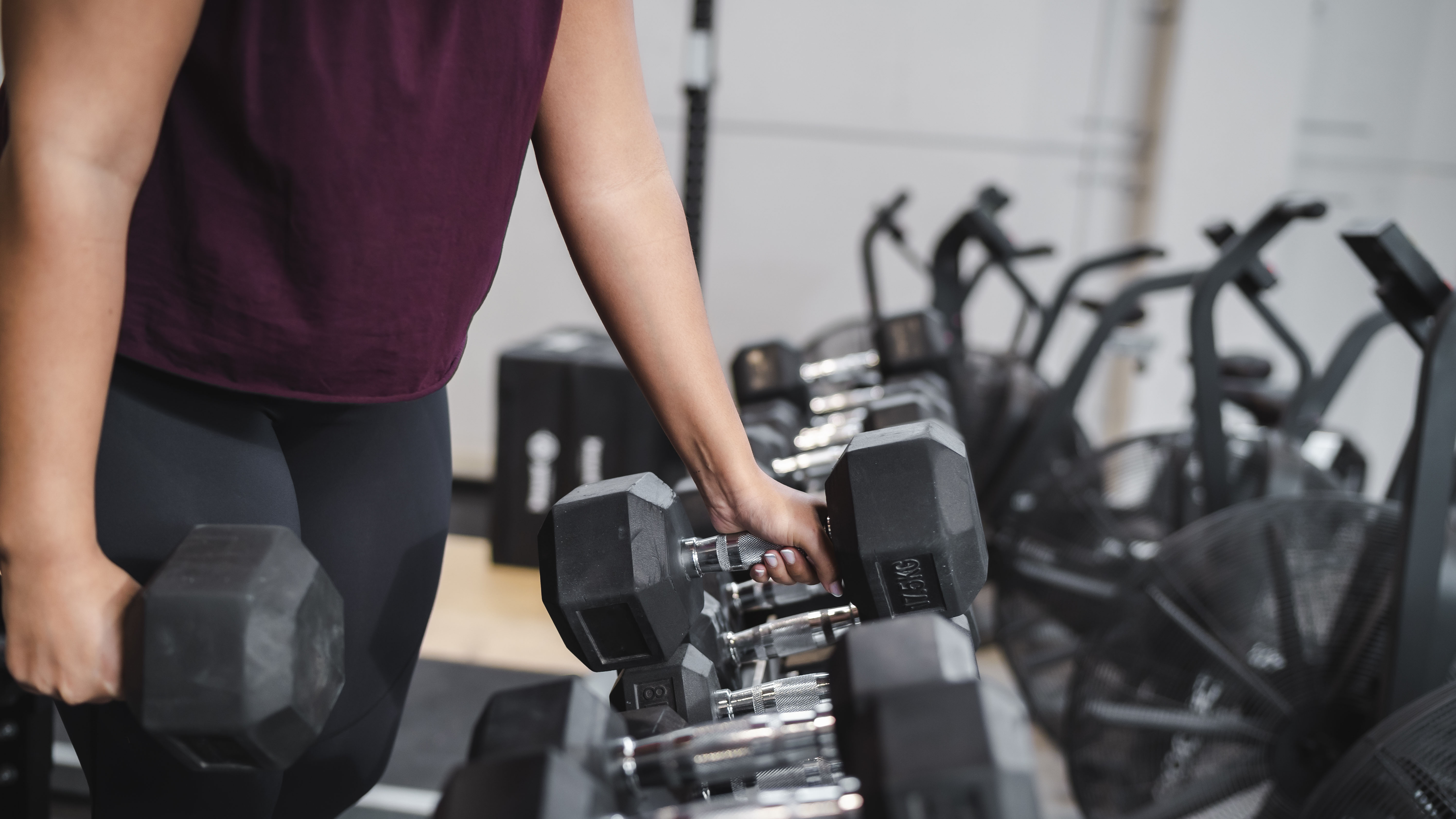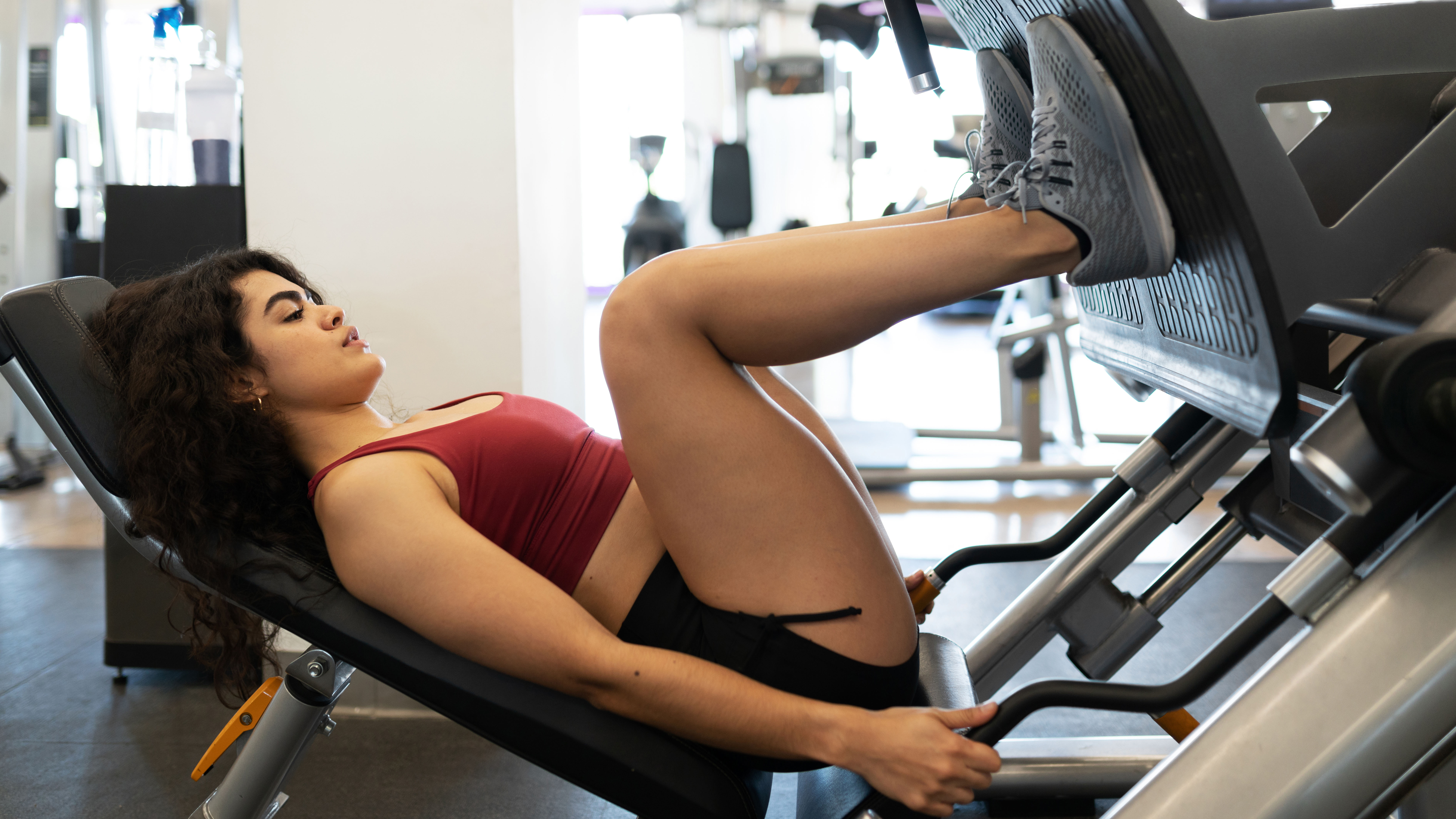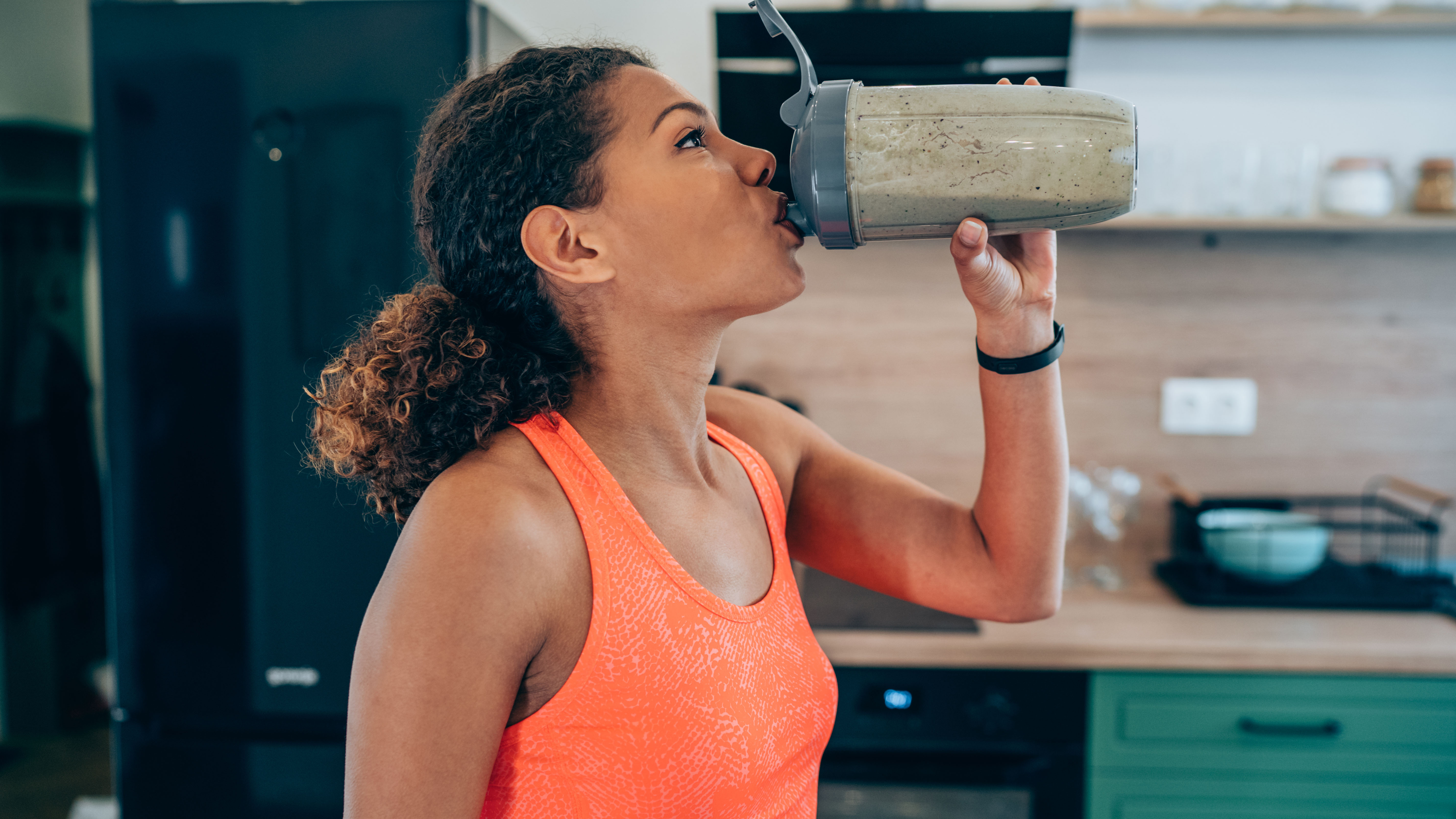How long does it take to build muscle?
How long does it take to build muscle? An exercise physiologist describes ways of speeding up the process.

Anyone who has ever tried to build their biceps or add bulk to their back will know the process is easier said than done – but how long does it take to build muscle?
The answer depends on many variables, from training methods and calorie intake to the macronutrients provided by the foods you eat. Indeed, you can lift the best adjustable dumbbells all you want, but if you don’t eat enough protein and utilize the progressive overload principle, then you won’t be able to pack on mass.
But even optimizing the muscle-building (or hypertrophy) process isn’t enough. Age, gender and genetics play their part in deciding how successful your bodybuilding exploits will be.
We spoke to exercise physiologist Bianca Grover to find out how long it takes to build muscle – and to get advice on how to do it.

Bianca Grover is a certified exercise physiologist, medical exercise specialist and personal trainer. She holds several certifications and specializations from the American Council on Exercise (ACE), the American College of Sports Medicine (ACSM) and the American Heart Association. Her specialities include functional training, strength training and orthapedic considerations.
How long does it take to build muscle?
There's no strict timeframe for how long it takes to build muscle. “It all depends on the training regimen followed, nutritional adherence, rest, and so on,” Grover says.
But, for a rough figure, she points to a 2018 study published in the European Journal of Applied Physiology which explores the role of skeletal muscle damage and muscle protein synthesis.
“According to this study, muscle growth can be seen after about 10 sessions, but only after about 18 sessions is significant muscle hypertrophy observed,” says Grover.

The study says that increases in the size of the muscle in the early phase of resistance training (four or less sessions) is attributed to “muscle damage-induced swelling”. After 10 sessions, “a modest magnitude of muscle hypertrophy ensues,” and after around 18 workouts ”true muscle hypertrophy is observed”.
However, 2017 research also published in the European Journal of Applied Physiology concluded that ”significant increases in lean mass” could be seen after just seven workout sessions, performed over the course of four weeks.
The study tasked 13 untrained men with performing dumbbell curls and shoulder presses twice per week for four weeks. They would complete 8 to 12 repetitions, working until they could not perform any more, and the weight was increased where appropriate as they progressed from session to session. Subjects also drank 500 milliliters of whole milk during training.
(You can also train different muscle fiber types to improve other elements of performance like endurance and power. To find out more, read our feature: What are the different muscle fiber types?)
How long does it take to lose muscle?
After the graft you put in to grow your hard-earned muscle, the last thing you want to consider is losing it (also known as atrophy). Unfortunately, a lack of muscle use, insufficient nutrient intake, or both can lead to that. Thankfully, though, it will take more than a missed gym session for this to occur.
“Rates of atrophy typically vary depending on your current physical condition,” says Grover. “The more in shape you are, the longer it will take to atrophy, and the slower the rate will be.
“However, typically after one week of little to no activity you can start to notice signs of atrophy.”
A 2014 study into the impact of disuse on muscle size and strength - published in the Acta Physiologica journal – found that “even short periods of muscle disuse can cause substantial loss of skeletal muscle mass and strength”.
This does refer to complete inactivity of the muscle, though, with the 24 study participants subjected to either five or 14 days of on-legged knee immobilization using a full leg cast. After just five days, leg lean mass had decreased.
How does muscle growth occur?
If you're trying to bulk up, it’s important to know how to gain muscle in general.
“When performing resistance training, small tears in the muscles are created by moving them through a range of motions under load,” Grover explains. “These tears are then repaired and built upon, using amino acids (protein) as building blocks.”
In other words, muscle building relies on muscular effort (which is usually achieved through resistance or weight training) as well as adequate protein intake. We asked Grover to give some more insight on the best ways to target and grow muscle.
Targeted training
“If you are looking to grow a specific muscle or group of muscles, also known as hypertrophy, you need to perform exercises that target them,” says Grover.
“The best approach is to remove the guesswork from your exercise program. You may think an exercise is focused on a specific muscle or group of muscles, but do you know for sure? Taking the time to do a little research into the exercises you are performing can make a big difference.”

Grover gives the example of performing the leg press for glute muscle gains.
“You may think your leg press routine is targeting your glutes, but the positioning of your feet may be targeting another muscle group altogether. If your feet are too low on the surface of the leg press, you’re actually working primarily on your quads. Sliding your feet up will help readjust your focus on the intended muscle.”
If you want to target your shoulder muscles, try these best exercises for shoulders recommended by Mitch Raynsford, a qualified strength and conditioning coach.
Load
“In order to grow muscles, you must put them under the proper amount of load,” Grover says.
Or in other words, if the weight you’re lifting or the number of repetitions you are completing does not challenge your muscles with the appropriate stimulus, they will not grow as efficiently.
“When exercising for hypertrophy, generally you want to increase the weight and reduce the amount of repetitions. When talking about the weight used to exercise, also known as the load, fitness professionals measure it as a percentage of your one-rep max.

“For muscle growth, you want to train using 75% of your one-rep max. This is a resistance that should allow you to complete eight to 10 reps at a time. If you cannot complete at least eight, or if the weight feels too light, adjust accordingly.”
Training at higher and lower loads can stimulate muscle growth, but it is generally accepted that this load and an eight to 12 rep range is optimal for hypertrophy.
An American College of Sports Medicine review states: “It is recommended that loads corresponding to one to 12 repetition maximum (RM) be used in periodized fashion with emphasis on the six to 12 RM zone using one to two minute rest periods between sets at a moderate velocity. Higher volume, multiple-set programs are recommended for maximizing hypertrophy.”
Nutrition
“Nutrition is a critical aspect of recovery and will play a big role in helping you build muscle,” says Grover. “There are several factors that come into play, including your protein source, protein quantity, carbohydrate intake, supplements and when you take all of these in.”
“Muscle hypertrophy occurs when muscle protein synthesis exceeds muscle protein breakdown and results in positive net protein balance in cumulative periods,” a 2019 study published in the International Journal of Environmental Research and Public Health says.
“From the nutrition point of view, protein intake alongside resistance training is a potent stimulus for muscle protein synthesis.”

Information published by the American College of Sports Medicine adds: “People that exercise regularly also need to eat more protein than the recommended daily intake.
“To increase muscle mass in combination with physical activity, it is recommended that a person that lifts weights regularly or is training for a running or cycling event eat a range of 1.2 to 1.7grams of protein per kilogram of body weight per day, or 0.5 to 0.8 grams per pound of body weight.”
But other research suggests this figure could be higher. A 2017 study in The Journal of Nutrition looking at the protein needs of young male bodybuilders found the estimated average requirement of protein was 1.7g per kilogram of bodyweight, and the upper limit was 2.2g per kilo of bodyweight.
It's possible to get most of the protein you need from regular food sources, but if you need a helping hand you can look through our list of the best protein powders.
This article is not meant to offer medical advice and readers should consult their doctor or healthcare professional before adopting any diet or exercise regime.
Sign up for the Live Science daily newsletter now
Get the world’s most fascinating discoveries delivered straight to your inbox.

Harry Bullmore is a fitness writer covering everything from reviews to features for LiveScience, T3, TechRadar, Fit&Well and more. So, whether you’re looking for a new fitness tracker or wondering how to shave seconds off your 5K PB, chances are he’s written something to help you improve your training.
When not writing, he’s most likely to be found experimenting with a wide variety of training methods in his home gym or trying to exhaust his ever-energetic puppy.
Prior to joining Future, Harry wrote health and fitness product reviews for publications including Men’s Health, Women’s Health and Runner’s World. Before this, he spent three years as a news reporter with work in more than 70 national and regional newspapers.










